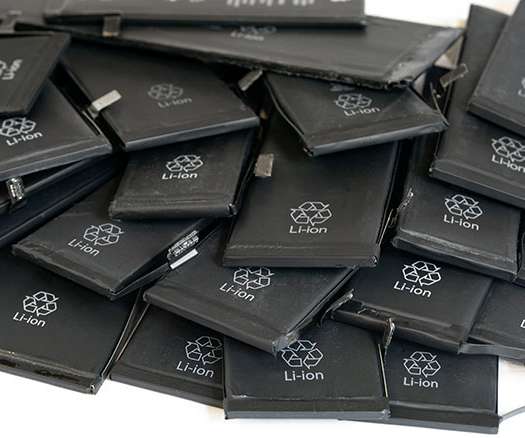UCR team finds adding even small amounts of tin to Si-based anode greatly improves charge capacity and cycling stability
Green Car Congress
AUGUST 4, 2016
It is well-known that the conductivity of silicon-based active layers can be improved by increasing the weight fraction of conductive carbon-based additives such as nanotubes or carbon black, but this approach inevitably “dilutes” the active layer, i.e. decreases its average gravimetric and volumetric capacity. Resources. Beaudette, J.










Let's personalize your content